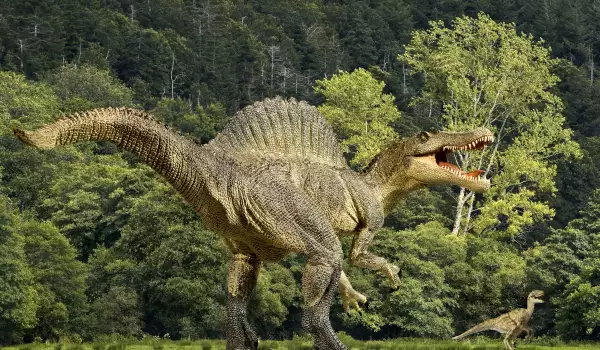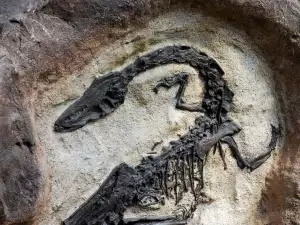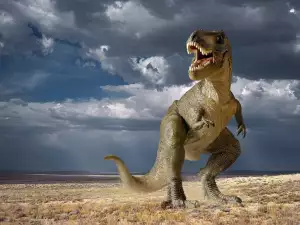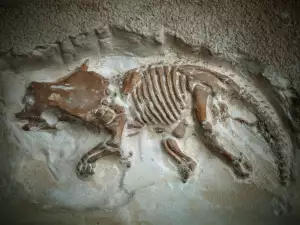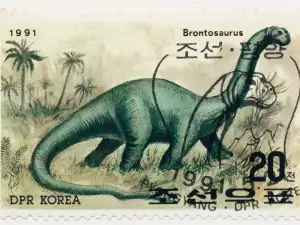American scientists from the state of Utah have come upon the remains of an unknown to science dinosaur.
It is theorized that the intriguing find is a predecessor of T-Rex.
The newly discovered dino is being called Lythronax argestes for now and it is thought that the giant reptile lived 80-82 million years ago.
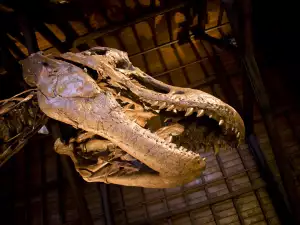
The height of Lythronax argestes was 23 ft (7 m) and its weight most probably reached 5511.56 lbs (2.5 tons).
It had the ability to stand on its hind legs, had a very thick skull and binocular vision - it could see objects with both eyes simultaneously.
Experts have concluded that this very dinosaur was the largest carnivore in the ecosystem during the prehistoric period.
Tyrannosauridae is a family of dinosaurs, whose most famous member is Tyrannosaurus Rex.
It was confirmed not long ago that these dinosaurs fed on carrion, after the discovery of a herbivore in Mongolia, that had traces of T-Rex teeth on its body.
Some time ago paleontologists unearthed the remains of a huge dinosaur with unusually large horns and nose.
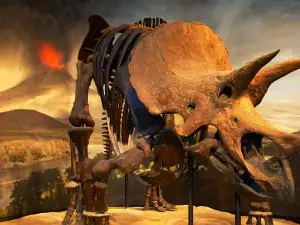
This dinosaur was 16.4 ft (5 meters) long and weighed about 5511.56 lbs (2.5 tons), discovered in the desert sands of the American state of Utah.
According to scientists, the dinosaur belongs to the Ceratopsidae family, but unlike them, it had an enormous nose and horns with unheard of lengths.
Scientists have named it Nasutoceratops titusi, which means "big-nose, horn-face".
Doctor Mark Loewen from the Natural History Museum of Utah claims that this was the most terrifying herbivore that ever walked the Earth.
No one would have thought that such a fearsome creature could have existed.
In 2006 in the area of Utah, the remains of other prehistoric animals were also discovered.
Based on the age of the earthen layers, investigators determined the age of their findings to be from the late Cretaceous period.
At that time, 75 million years ago, in place of today's desert, there was plenty of greenery and tropical forests, where the gigantic dinosaurs were absolute masters.
